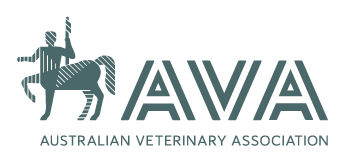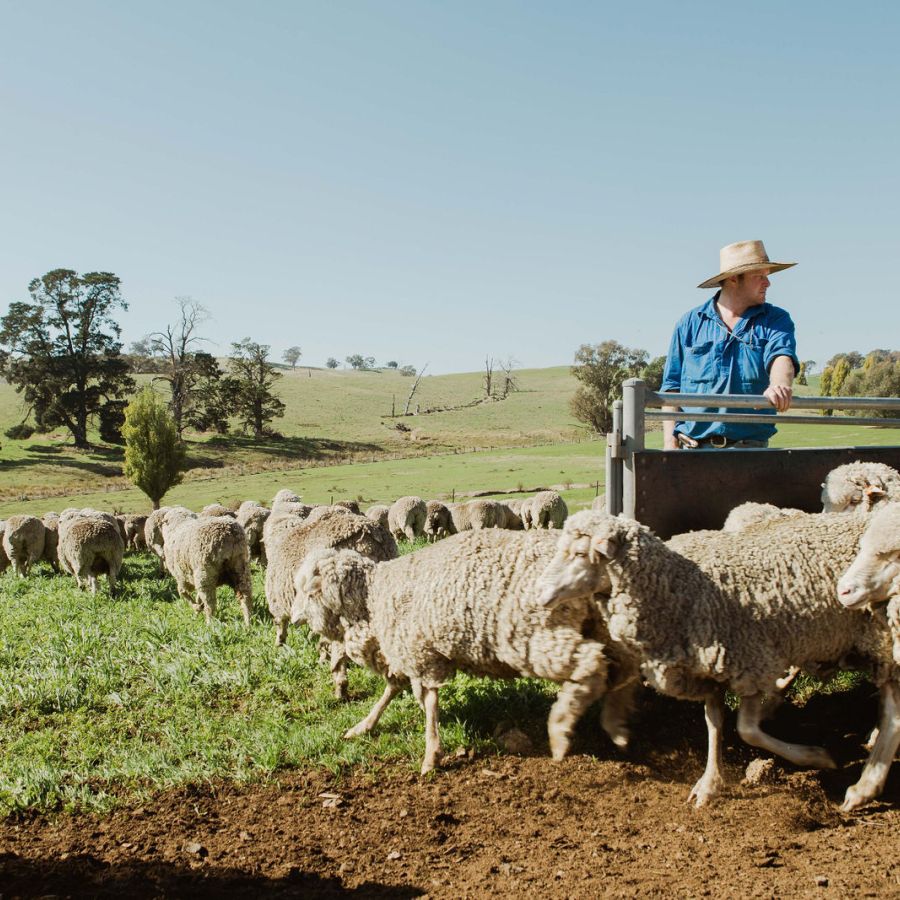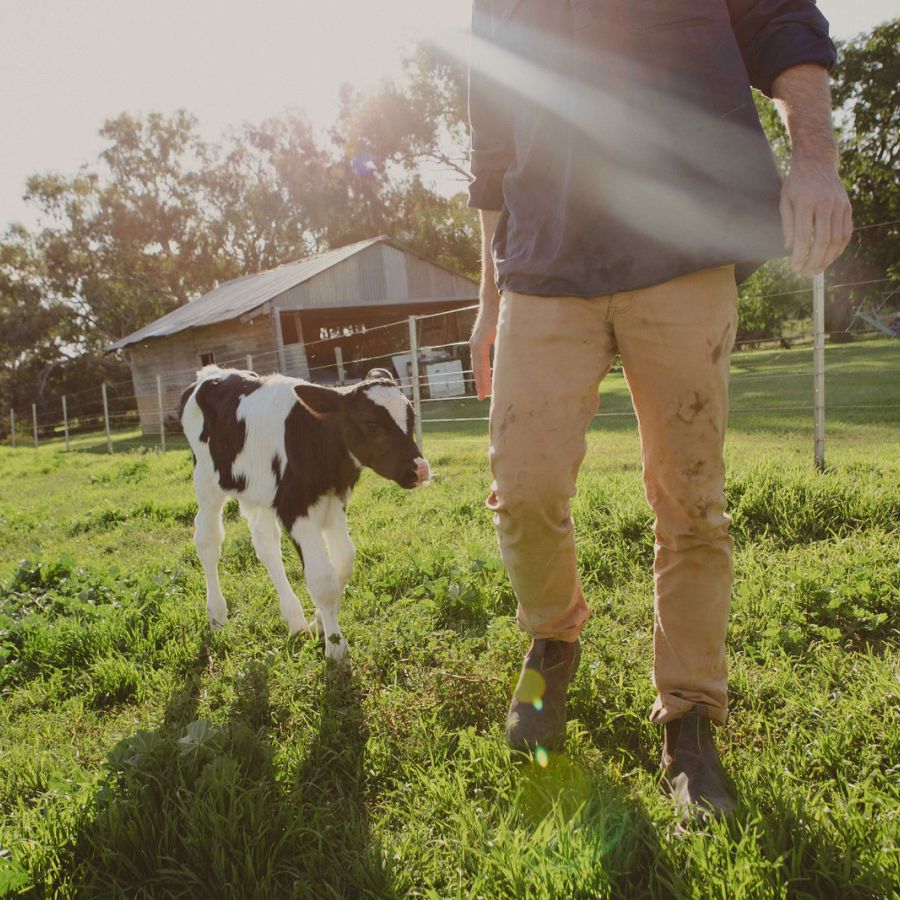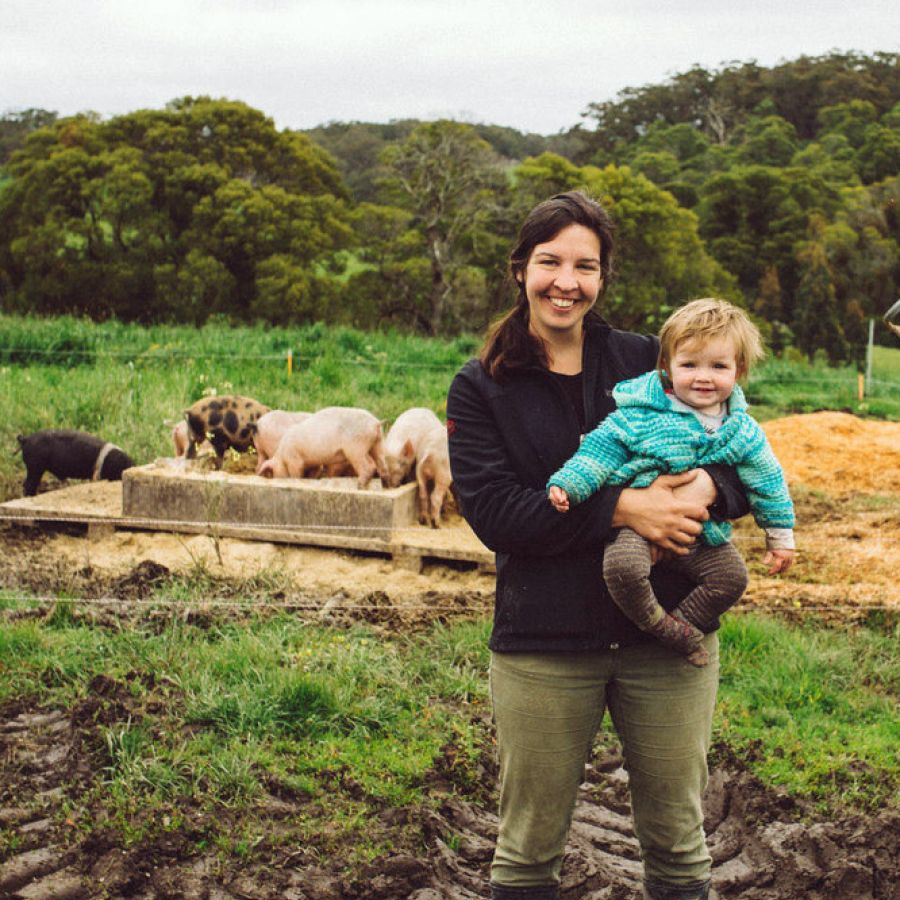Beef Cattle Standards
Better Choices beef producers recognise and comply with legislation in states and territories covering animal welfare and regulation of husbandry procedures.
Better Choices beef producers carefully consider all options to achieve non-horned cattle, including polled genetics. Dehorning and disbudding are only carried out in circumstances in which it is clearly required by the farm enterprise type, to ensure health and safety of workers and in the best interest of the long-term welfare of the cattle.
For essential husbandry procedures, it is important that these are done correctly under veterinary supervision and/or in accordance with recognised industry guidelines.
Pain relief during routine husbandry procedures is now expected. One product is not enough: combined local anaesthetics and NSAIDs provide better relief. Local anaesthetics provide immediate relief but are short-acting; NSAIDs give longer duration relief but not for immediate pain.
It is important for beef producers to work with a veterinarian to determine which product will best serve each individual animal’s needs in order to achieve effective pain relief. A veterinarian can also help producers understand how long it takes for anaesthetic drug combinations to take effect and when it is safe for them to return animals back to their environment.
Better Choices primary producers must self certify that they have used used pain relief during surgical and non-surgical husbandry procedures, for all animals in their care, and identify their routine veterinarian and/or retail supplier of pain relief products.
If you have eliminated or conduct any of the following procedures and use any of the products listed below, then we want to recognise you as a Better Choices beef producer!
Procedure
Cattle can be naturally polled (no horns) and this can be introduced into a herd through selective breeding. For cattle that are not polled disbudding is a procedure that will destroy the horn producing cells of calves less than eight weeks of age. Horn buds should be removed as soon as they are seen and acceptable methods for disbudding calves of all breeds include application of caustic paste or an electric/gas hot iron. Both methods require proper training and oversight so that disbudding is complete and there is no horn growth. Beef cow-calf producers usually do not use caustic paste due to the risk of injury to the dam when grooming the calf’s head to which paste has been applied, but when they do it should occur in the first few days and under 2 weeks of age. Disbudding with caustic iron should be performed prior to 6 weeks of age and no later than 8 weeks.
Dehorning is the name for the surgical procedure in adult animals and is performed for the safety of people and other animals, and to prevent economic loss from damaged hides. Horns are a genetic characteristic that can be removed through breeding with polled genetics. In horned cattle after 8 weeks of age the procedure is considered surgical and painful. As cattle get older there is an increased blood flow and pain increasing the risks of the procedure, increases the risk of infection, and there is often a reduction in the effectiveness of pain relief medications. So it is important to ensure the process is done as early as possible and by a qualified and experienced individual.
Castration is a common practice used to manage male livestock to reduce agression and damage to individuals from fighting. It also makes the cattle easier to handle and allows mature males to remain in the herd after sexual maturity is reached. The two main methods of castrating cattle are surgical castration and banding with rubber rings. The younger the cattle are when castrated the less stress and pain they will experience. Appropriate pain relief and wound care should always be considered for castration.
Branding has been used on livestock for a number of years, mainly in the cattle industry, placing an identifying mark onto the animal’s hide with a branding iron, to indicate ownership and distinguish animals from one another. However, in many parts of the world, ear tags are now being used as an alternative to the long-time practice of branding. Ear tags are easier to apply and more humane for the calves, as they do not have to undergo the pain of a hot iron. They also provide information on the animal’s history and can be used in tracking and locating animals if they get lost or stolen.
Spaying is a surgical procedure that is restricted to cattle in northern Australia in situations where control of bulls is difficult. The Willis dropped ovary technique is usually the preferred method and requires a registered veterinarian or an adequately trained and accredited person as permitted by legislation.





